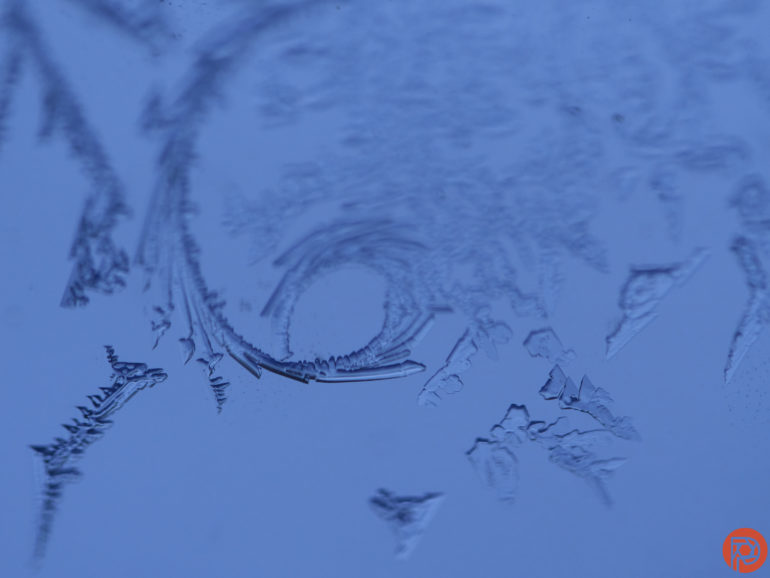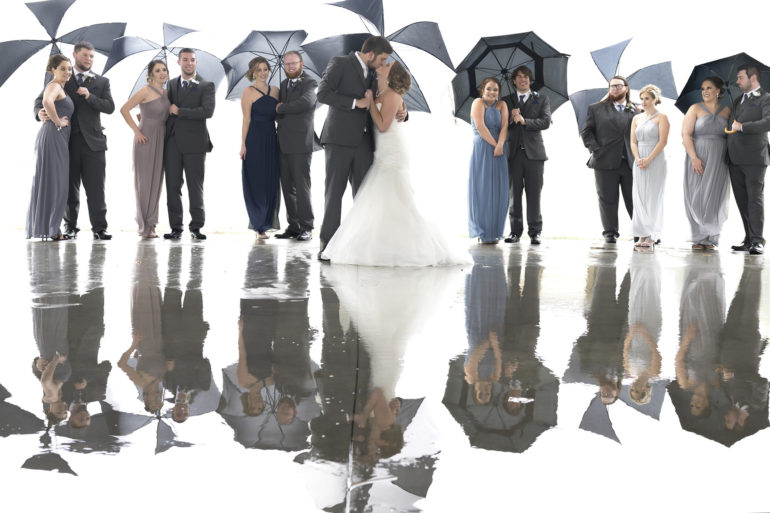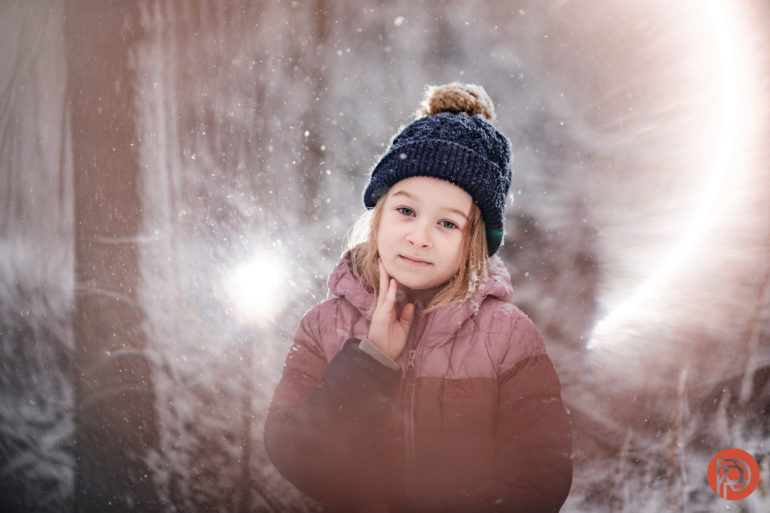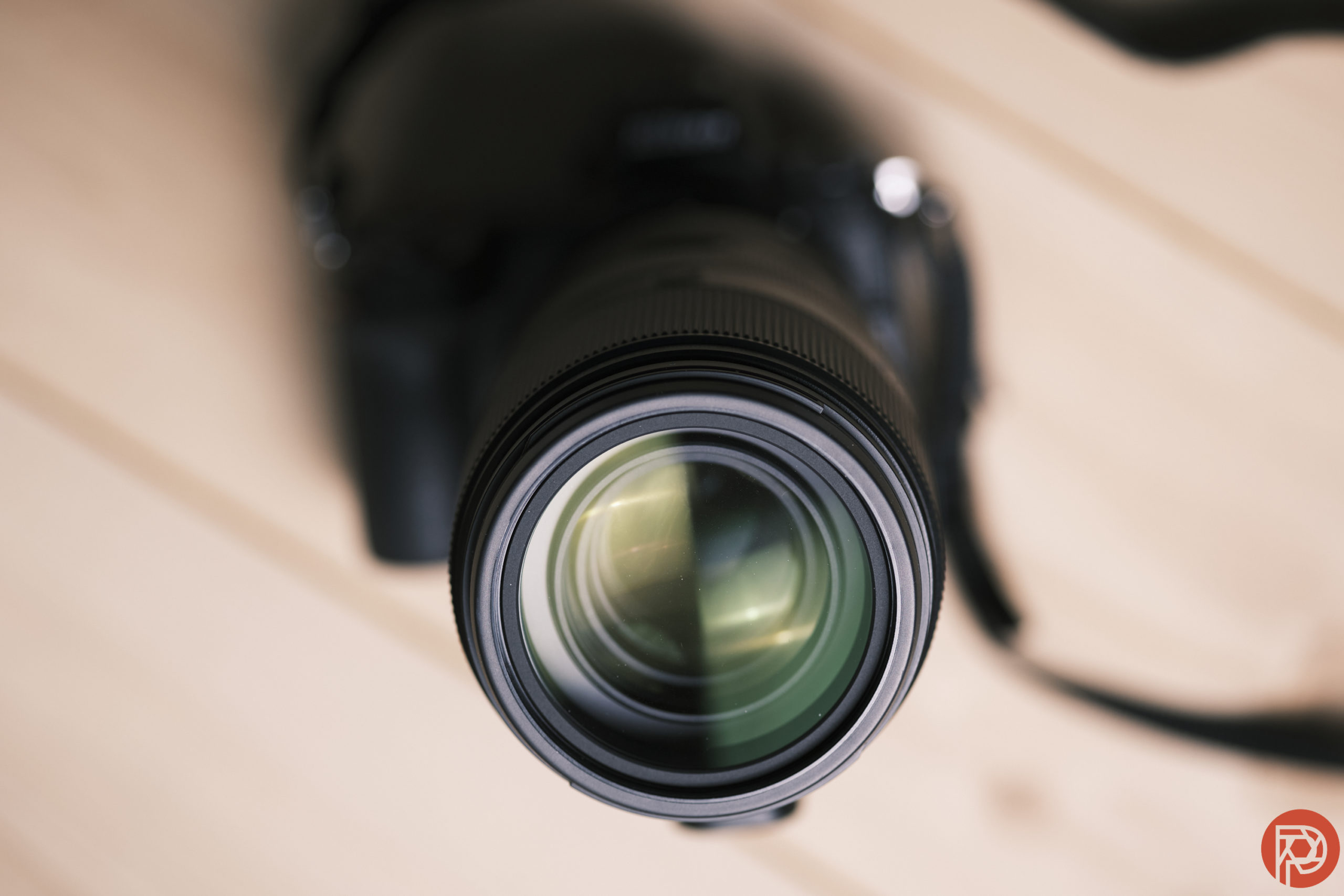Ernest Hemingway once said, “There is nothing to writing. All you do is sit down at a typewriter and bleed.” The same could be said about any form of art, including photography. There are times when, at the end of a long shoot, I look down at my fingers, half expecting to see some physical manifestation from the currents of creativity flowing out of my fingertips. There is a lot of advice floating around the internet on how to learn photography. And while some of it is good, even great, few really convey that photography is a balance of both the technical and the art. That, without a little metaphorical “blood,” you’re just adding to the noise.
When you set out to learn photography, education around the rules and tricks of the trade is a must. But, of equal or probably even more importance, is establishing your own unique style. Learn to take photos like other photographers — and then do something entirely different. In all creative disciplines, learning to photograph, paint, or draw something is a necessary starting point. But, if you only learn how to reproduce something, you are simply a recycler. To become an artist, you have to both learn the technical steps and how to put your own unique spin on that technical know-how.
Learn the technical side of photography first.

Yes, blurry photos are trending on Instagram. But, these blurry photos are created by artists who know how to use their camera to take a sharp shot — and when and why not to. Start your photography journey by learning the technical side of photography: how to use a camera.
The first thing to learn is exposure and how to manually set the aperture, shutter speed, and ISO. The next thing to learn is light: how light plays a role in photographs, how to work with existing light, then how to create your own light using a flash. The third thing to tackle is genre-specific knowledge, such as posing for portrait photographers or astrophotography for landscape photographers.
There are several ways to learn the technical side of photography, including articles like the one you are reading now. Other resources for learning the technical side of photography include but aren’t limited to:
- Books and eBooks
- Online classes
- In-person classes
- Video tutorials
- Hands-on experimenting
- Mentorship with another photographer
Take photos, then take more photos.

There are many different learning styles — maybe you’re an auditory learner, or perhaps you learn best through reading and writing. But no matter your learning style, hands-on experience is necessary for learning photography. Take photos, then take more photos. Analyze your photos. What do you like about them? What do you not like about them? Get feedback from other photographers, then put that feedback to use and take more photos.
One of the best exercises to do when learning photography is to photograph the same thing multiple times — this is both great for generating new ideas and learning how different scenarios impact an image. Grab a random household object and take 50 or even 100 different photos of that one item. Play with different compositions. Shoot from different angles. Find a window and see how many ways you can move the object so the light hits a different spot. When you are done, analyze the images — which ones do you like best, and why? How did changing where the light falls or adjusting your composition or changing your aperture change the resulting photo?
Break the rules and define your own style.

Here’s where the non-traditional advice comes in: Once you’ve learned all the technical tricks and the photography rules, break them. Did you really just put all that work into figuring out how to learn photography only to create something that’s already been done before? Did you just spend months learning photography only to create something so familiar everyone will scroll right past it in seconds?
…blurry photos are trending on Instagram right now. Not because blur is the new black, but because it brings out the emotions of that moment, the feeling of movement and a whirlwind of emotions
The world doesn’t need more cookie-cutter photographs — but it does need new and unique perspectives. Once you know how to take photos like everyone else, learn how to take photos that are uniquely yours. No, you didn’t learn all the technical stuff for nothing — you must know how to use your camera. You need to know the photography rules in order to break them with intentionality and creativity.
Take a step back and ask yourself:
- Why do I take photos?
- What photographs or photographers do I find most inspiring? How can that work inspire something new, rather than an illegal, unethical copy?
- What’s different about my photos?
- Is there a consistent element running through all of my photos, whether that’s emotion, colors, perspective, or something else?
- What is it about my past, my current, my [fill in the blank] that gives me a unique perspective?
- What can I achieve by putting the camera aside and reworking what’s in the scene? Creativity isn’t limited to just camera settings. Many photographers have built a creative style around what’s in front of the camera, from DIY props to unique posing prompts to photography tricks.
- What is trending right now and why? Don’t just blindly follow the trends, but find inspiration in the reason behind those trends. For example, blurry photos are trending on Instagram right now. Not because blur is the new black, but because it brings out the emotions of that moment, the feeling of movement and a whirlwind of emotions. Use that why — not the trend itself — as a launching point for new, unique ideas.
- Ask the what-ifs. What if instead of striving for a technically sharp photo, I used blur to create emotion? What if I shot from this angle instead? What if, instead of trying to eliminate lens flare, I embraced it? What if I shot with prisms or odd filters?
Finding your own unique style in photography is a process. Don’t expect to come up with the answer in five minutes. This is where you sit (stand) at your camera and bleed. Style and perspective is a question that photographers need to continually ask themselves. Mix the technical know-how learned from books, videos, and mentors with your unique take.
The final step on how to learn photography? Never stop learning.
Photography isn’t something where you graduate from a course, hang a piece of paper on your wall, and you’re done. Becoming an artist is a continual process of growing, experimenting, and evolving. Learning how to use a camera is only part of it — the rest is a gradual transformation of creating art that speaks to viewers.
The Phoblographer may receive affiliate compensation for products purchased using links in this blog post.


